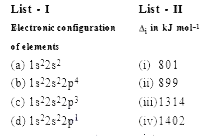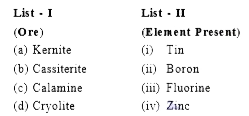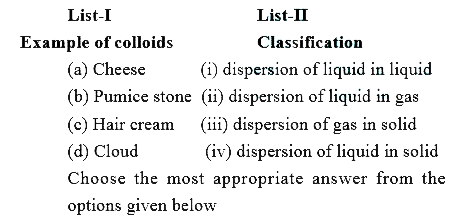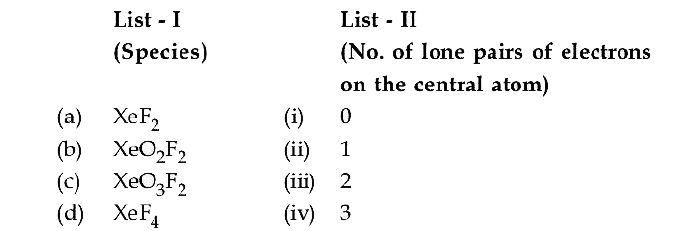"Double fertilization" is a complex mechanism in flowering plants that is also unique to angiosperm. Choose the most appropriate statement from the option listed below that explains this phenomenon.
Fertilization in two flowers of the same plant forming endosperms.
Two male gametes fertilize two eggs inside the ovule as a result the ovary gives rise to bigger fruits.
Two fertilizations occur in a flower-one fertilizatic results in the formation of a diploid zygote and the second fertilization results in the formation of triploid endosperm.
Two pollen grains sending two pollen tubes inside the ovary, resulting in the formation of two seed inside the fruit.
The correct Answer is:C
In double fertilization one male gamete fuses with the egg and results in the formation of a diploid zygote and this process is called fertilization. The other male gamete fuses with the two polar nuclei to form a triploid endosperm. This process is called triple fusion. After fertilisation, the fertilized ovule forms the seed while the tissues of the ovary become the fruit.
Topper's Solved these Questions
- BOOK - OSWAL PUBLICATIONCHAPTER - NTSE 2019 - 20 EXERCISE - (BIOLOGY) OUR ENVIRONMENT (STAGE - 2)1videos
NTSE 2019 - 20
- BOOK - OSWAL PUBLICATIONCHAPTER - NTSE 2019 - 20 EXERCISE - (BIOLOGY) THE FUNDAMENTAL UNIT OF LIFE (STAGE - 2)2videos
NTSE 2019 - 20
- BOOK - OSWAL PUBLICATIONCHAPTER - NTSE 2019 - 20 EXERCISE - (BIOLOGY) REPRODUCTION IN ORGANISMS (STAGE - 1)3videos
NTSE 2019 - 20
- BOOK - OSWAL PUBLICATIONCHAPTER - NEW CHAPTERS AND QUESTIONS BASED ON LATEST TYPOLOGIES INTRODUCED BY CBSE FOR 2021-22 EXAMINATION EXERCISE - CONTROL AND COORDINATION (VISUAL CASE-BASED)10videos
NEW CHAPTERS AND QUESTIONS BASED ON LATEST TYPOLOGIES INTRODUCED BY CBSE FOR 2021-22 EXAMINATION
- BOOK - OSWAL PUBLICATIONCHAPTER - OLYMPIAD 2019 - 20EXERCISE - BIOLOGY QUESTIONS (Why Do We Fall III)1videos
OLYMPIAD 2019 - 20
Similar Questions
Knowledge Check
- Question 1 - Select One
Match List - I with List- II

Choose the most appropriate answer from the options given below -A(a)→(ii),(b)→(iii),(c)→(iv),(d)→(i)B(a)→(i),(b)→(iv),(c)→(iii),(d)→(ii)C(a)→(i),(b)→(iii),(c)→(iv),(d)→(ii)D(a)→(iv),(b)→(i),(c)→(ii),(d)→(iii) - Question 2 - Select One
Match List - I with List- II

Choose the most appropriate answer from the options given below -A(a)→(i),(b)→(iii),(c)→(iv),(d)→(ii)B(a)→(ii),(b)→(i),(c)→(iv),(d)→(iii)C(a)→(ii),(b)→(iv),(c)→(i),(d)→(iii)D(a)→(iii),(b)→(i),(c)→(ii),(d)→(iv)
Match List I with List II :

Choose the most appropriate answer from the options given belowView SolutionMatch List-I with List -II

Choose the most appropriate answer from the options given below:View SolutionMatch List - I with List - II.

Choose the most appropriate answer from the options given below :View SolutionMatch List - I with List - II.

Choose the most appropriate answer from the options given below :View SolutionMatch List - I with List - II.

Choose the most appropriate answer from the options given below :View SolutionMatch List-I with List-II :

Choose the most appropriate answer from the options given below :View Solution



